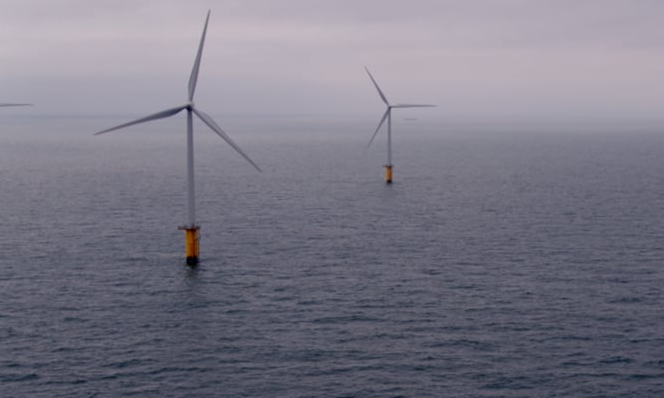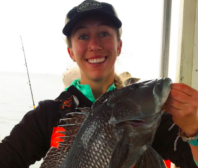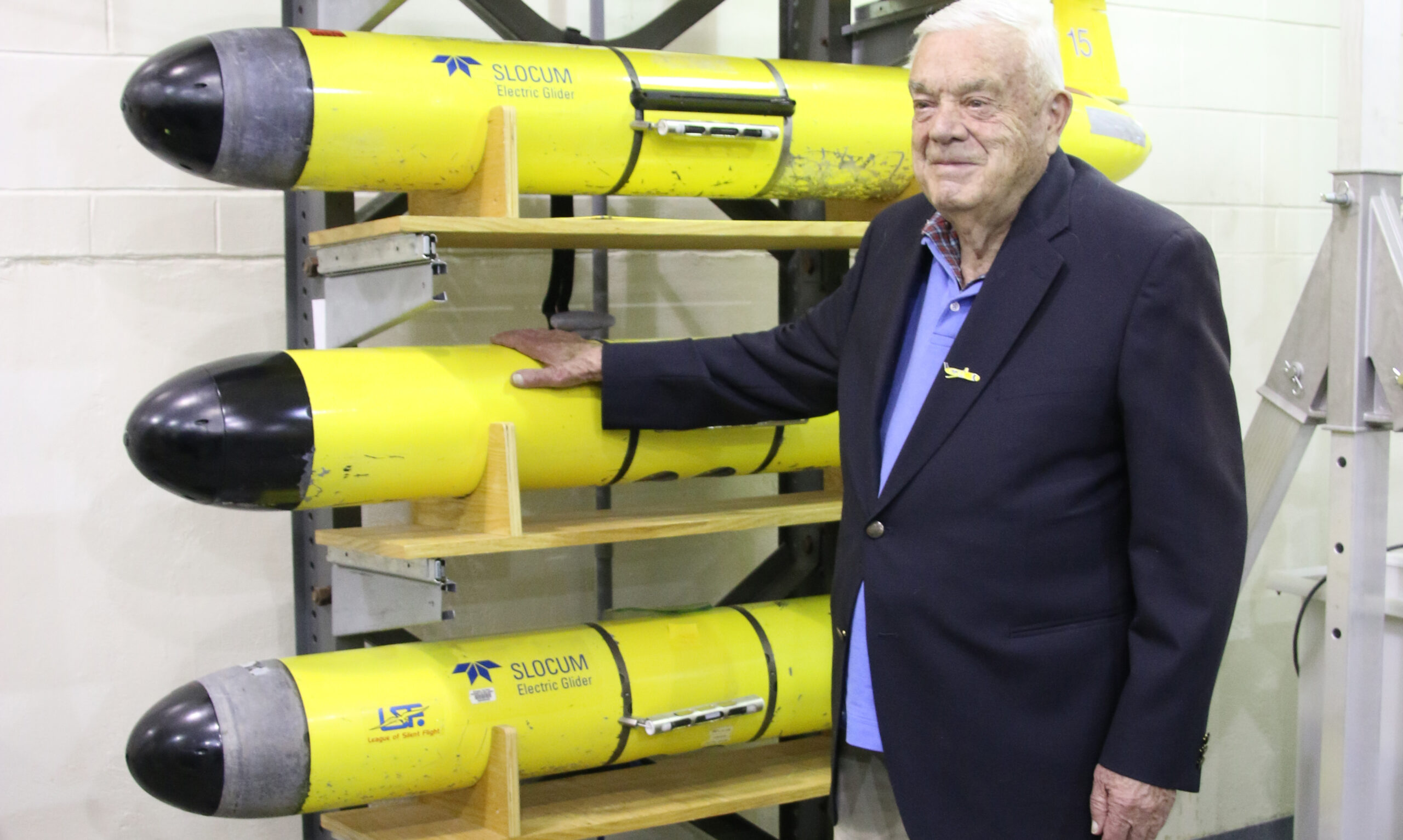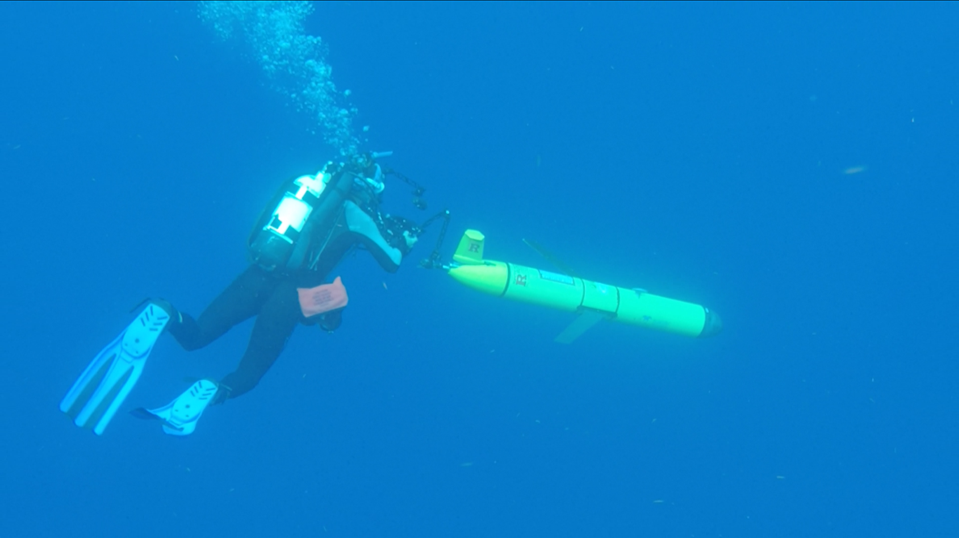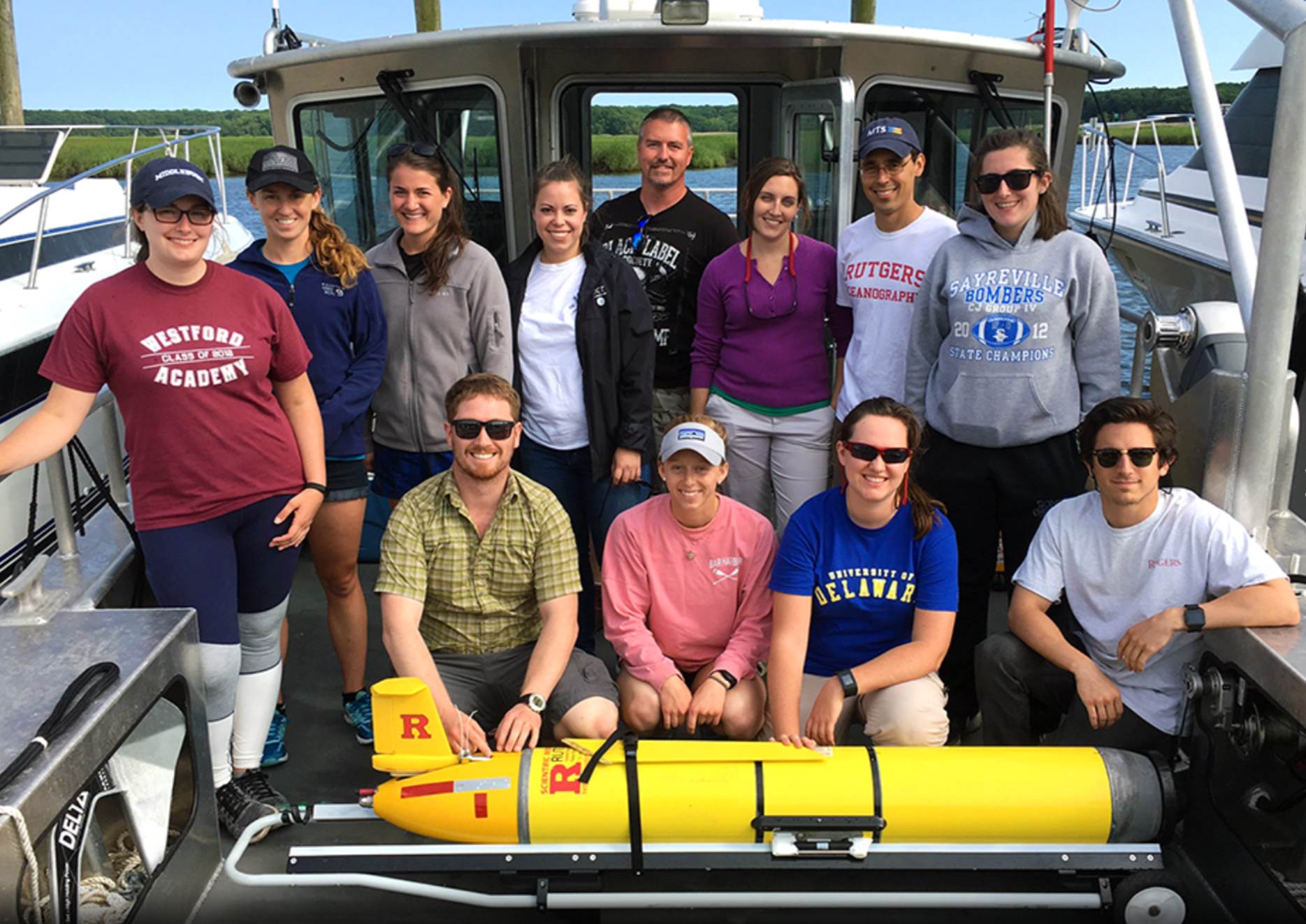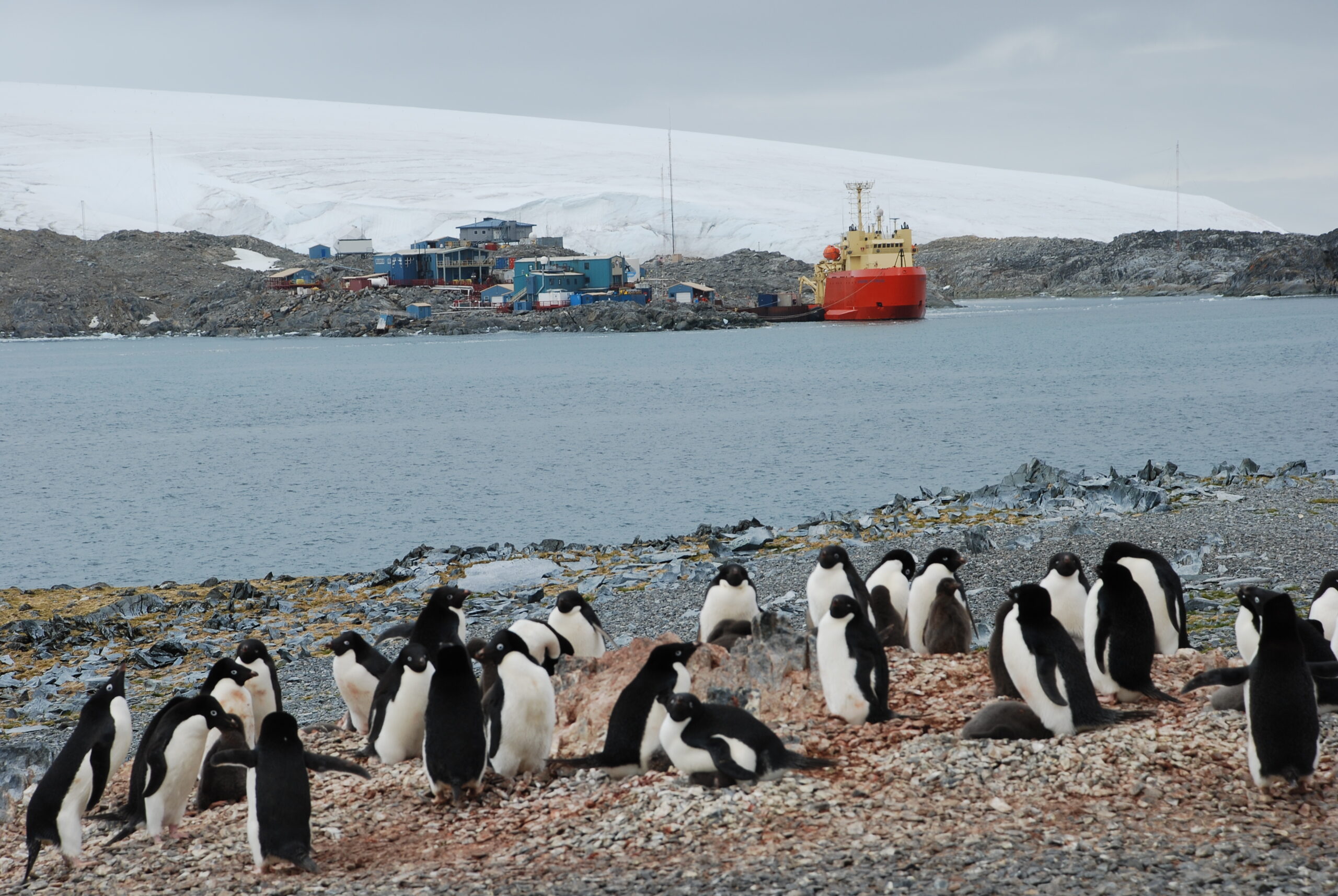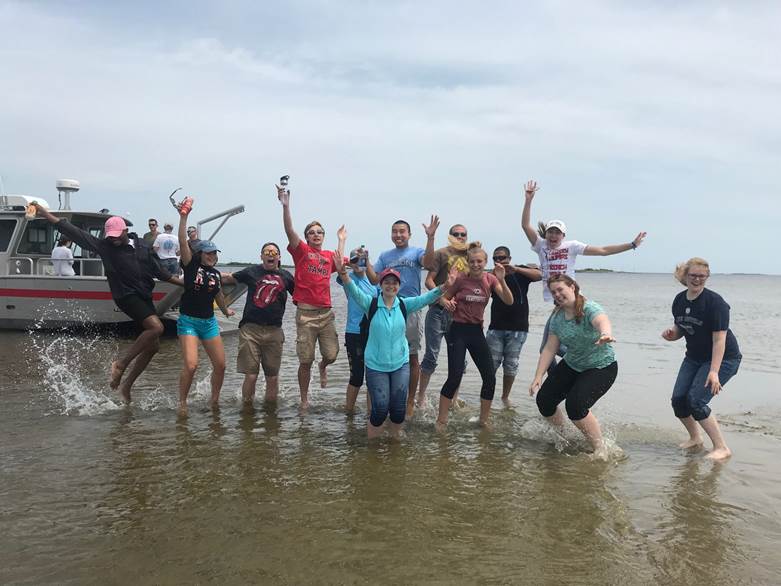Could federal wind farms influence continental shelf oceanography and alter associated ecological processes? A literature review.
As of the draft of this document, the US east coast has 1.7 million acres of federal bottom under lease for development of wind energy installations, with plans for more…

